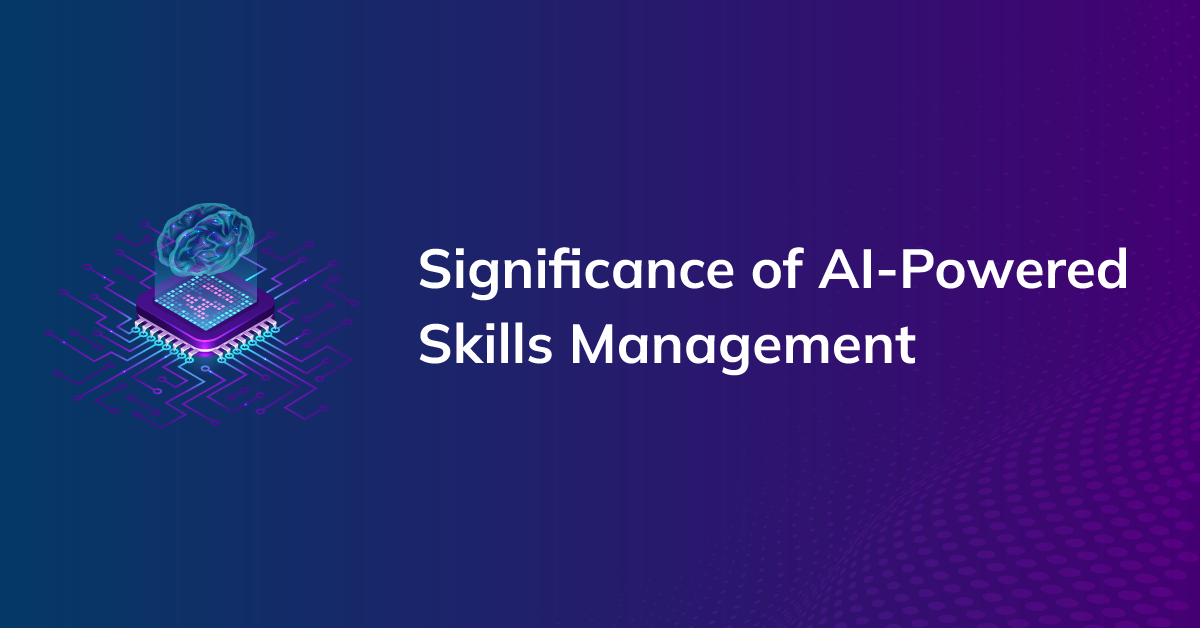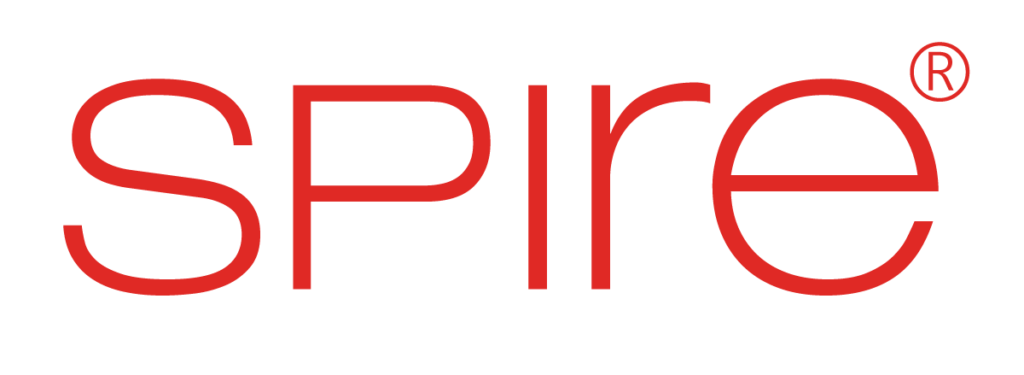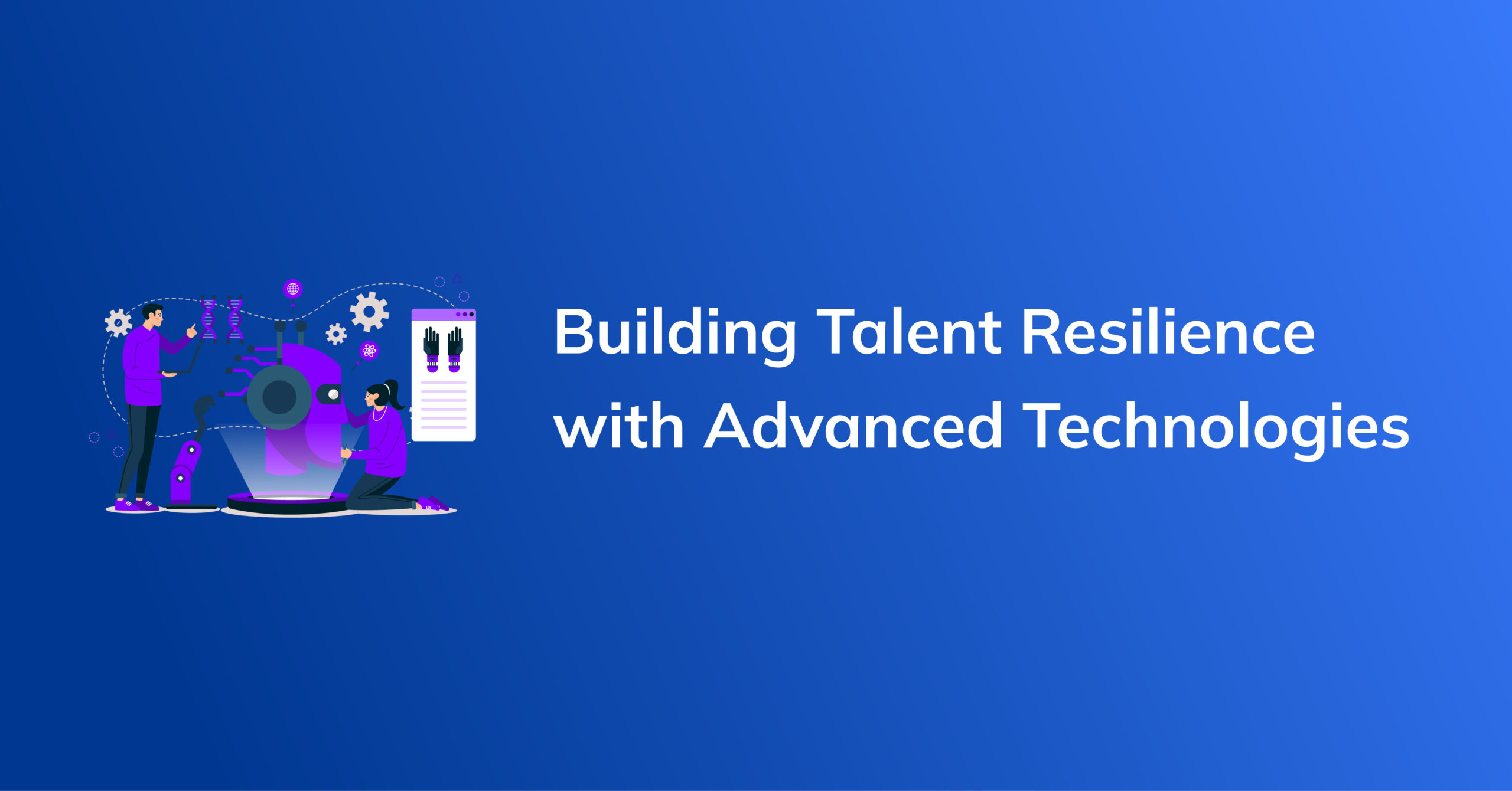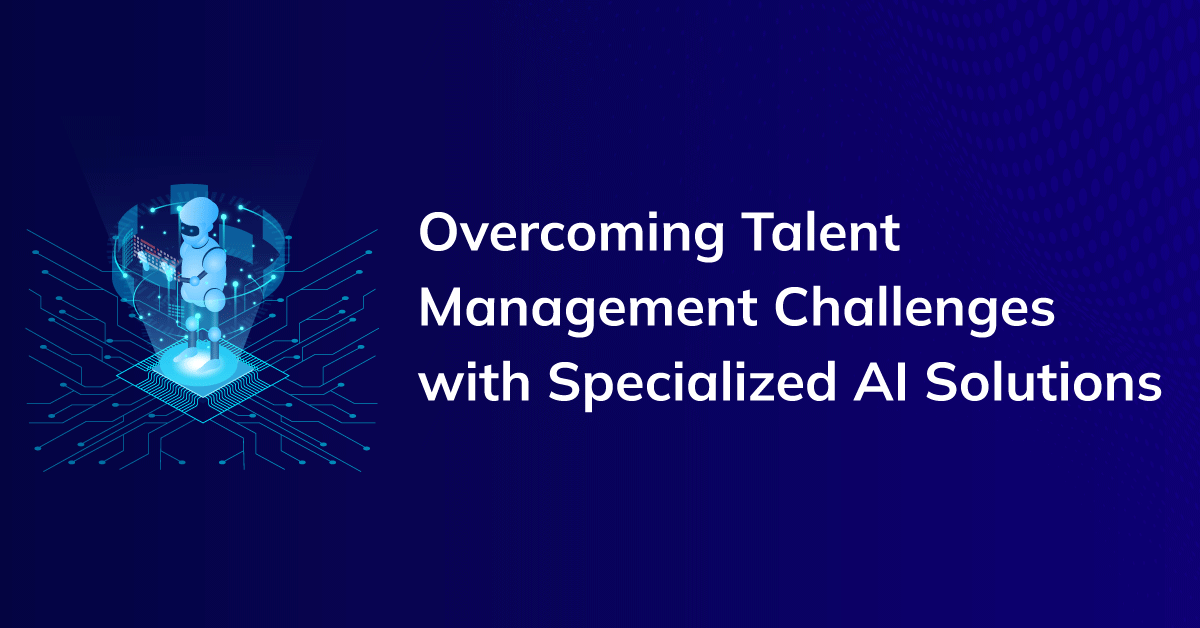
What is Knowledge Gap?
Knowledge Gap
A knowledge gap refers to the difference between the knowledge an individual or workforce currently possesses and the knowledge required to perform at an optimal level. This gap can hinder performance and productivity, necessitating training and education to bridge the divide.



